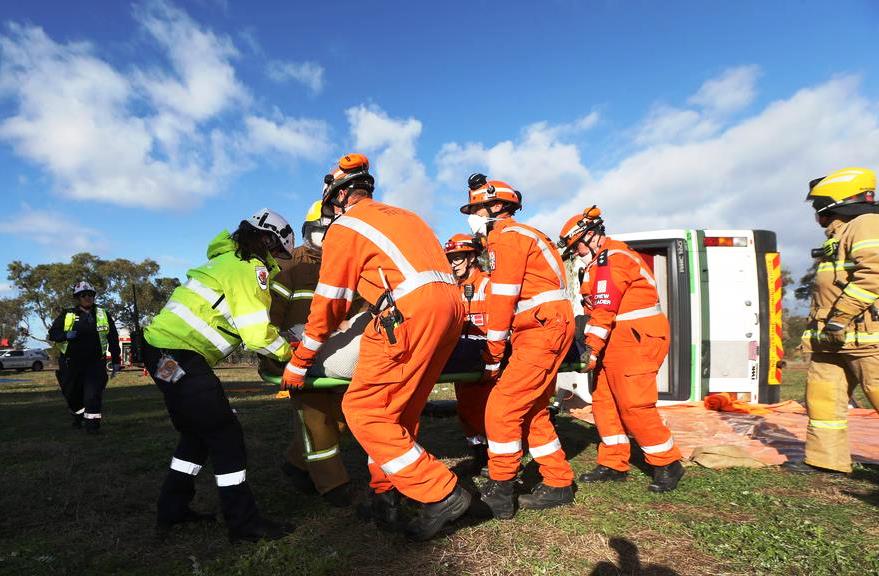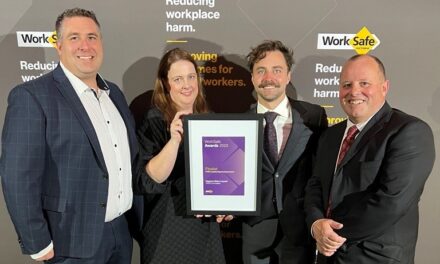The Victorian Government has legislated a new Emergency Services and Volunteers Fund (ESVF), set to take effect from 1 July 2025. This levy will replace the current Fire Services Property Levy (FSPL). For rate payers in Hepburn Shire, the increase comes hard on the heels of a10% increase in rates approved last week by the Essential Services Commission.
The legislation passed following negotiations with crossbench members of Parliament. While the government has described the ESVF as a necessary modernisation of emergency services funding, opponents argue that the change places a disproportionate burden on rural landowners and volunteers, many of whom are already central to Victoria’s emergency response efforts.
There is also criticism that the levy is being used as a means to raise additional revenue amid broader concerns about state debt and budget management. Opposition voices have described the process as lacking transparency and questioned the equity of shifting more of the financial responsibility to asset owners.
The ESVF expands the scope of the FSPL to support a wider range of emergency response and recovery services. In addition to funding Fire Rescue Victoria (FRV) and the Country Fire Authority (CFA), the new levy will provide resources for Victoria State Emergency Service (VICSES), Triple Zero Victoria, the State Control Centre, Emergency Recovery Victoria, and Forest Fire Management Victoria, among others.
According to the state government, this change responds to the increasing frequency and intensity of emergency incidents driven by climate change and population growth. Callouts for services such as VICSES have increased significantly over the past decade.
The ESVF, like its predecessor, will be collected by local councils through rates notices. It will consist of a fixed charge and a variable charge based on the capital improved value (CIV) of properties. The fixed charge will continue to increase with the Consumer Price Index (CPI), while the variable charge will rise more substantially to reflect the broader range of services being funded.
The cost of the ESVF will be substantially higher than the previous FSPL. Under the 2024/25 FSPL, the total levy for a Daylesford property with a median capital improved value of $900,000 was a fixed charge of $132 plus a variable amount of $0.144 per $1,000 CIV or 129.60 for a total levy of $261.60. Under the recently passed legislation, the 2025/26 levy would be $135 (adjusted for CPI) plus a variable rate of $0.21 per $1000 CIV or $189.00 for a total levy of $324.
The transition to the ESVF has drawn criticism in rural and regional communities, particularly among volunteer emergency service members and farmers. Many volunteers, including those serving with the CFA and VICSES, have expressed concerns that the levy will increase financial pressure on individuals who already contribute their time and labour without compensation and at a time when farmers are under financial pressure from the current drought.
The state government has introduced a rebate for eligible volunteers who meet certain service requirements, such as 12 months of active duty without disciplinary suspension or extended leave. This rebate will apply only to a volunteer’s principal place of residence or farm and will require individuals to pay the levy upfront before claiming reimbursement.
Farmers with large landholdings are also expected to face substantial increases in their emergency services charges due to the variable rate being applied to higher property values. While amendments to the legislation slightly reduced the initially proposed rate increases for some rural properties, ratepayers in agricultural areas may still experience increases amounting to several thousand dollars annually.
Further measures include a rebate program for drought-affected farmers in designated areas. However, the rebate mechanism also requires these property owners to pay the levy in full before applying for partial relief, and it only applies to a single property per eligible individual or enterprise.
For Hepburn Shire rate payers, the introduction of the ESVF comes on top of rate increases that already exceed the state’s rate cap. While the precise financial impact will vary depending on property classification and value, most property owners should expect an increase in the emergency services charge appearing on their rates notice from July 2025.
The new levy represents a significant shift in how Victoria funds its emergency and disaster response infrastructure. Its implementation will be closely watched by local governments, emergency service organisations, and community members alike — especially in regions where volunteerism and rural landownership are deeply interwoven.





